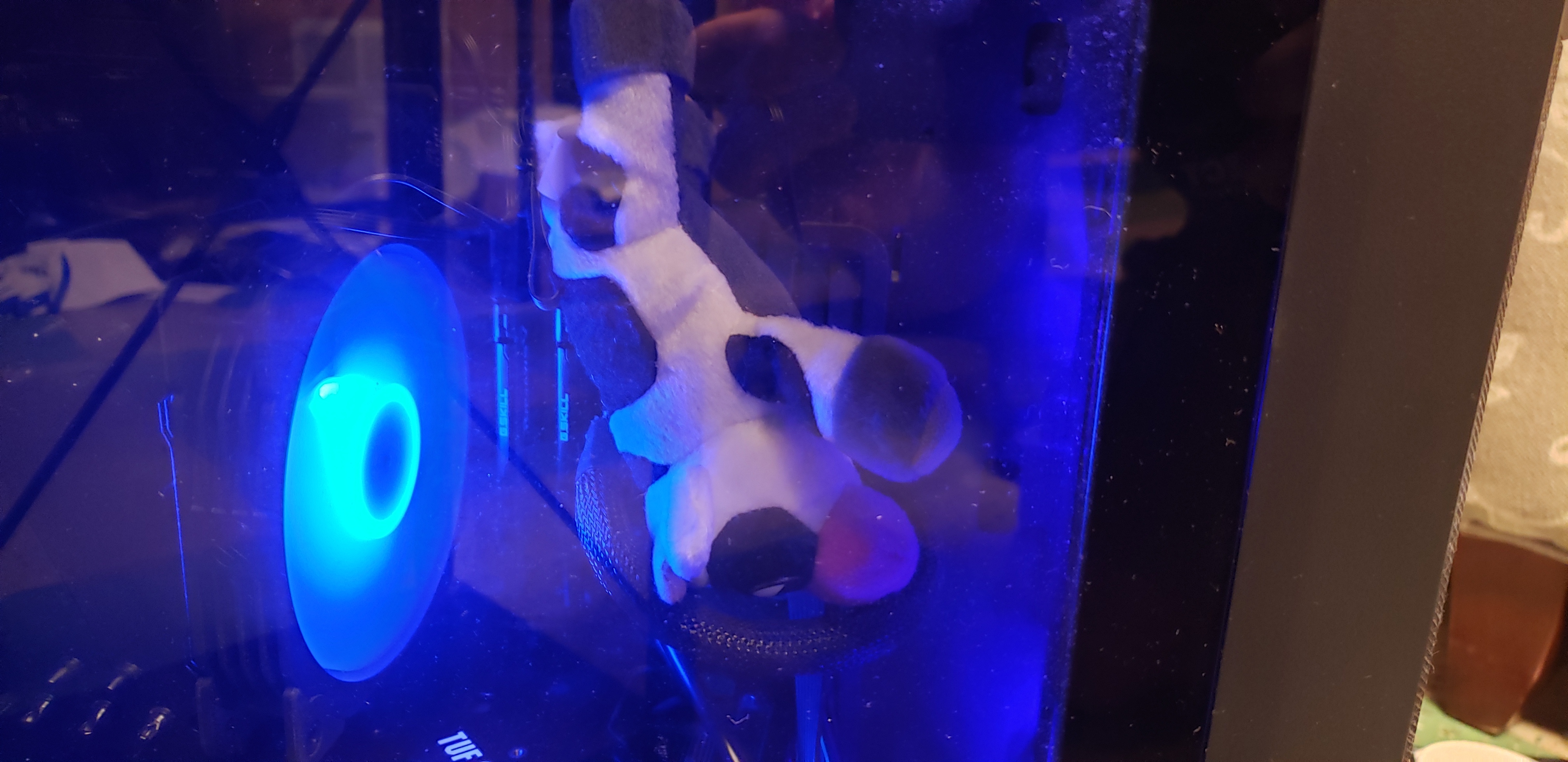Fedora.
They have solid community and financial backings, they do tremendous work pushing the Linux desktop forward, it’s close to vanilla and the sweet spot between stable and bleeding edge (aka “leading edge”) for me personally.
Shit, here we go again 🤦.
KDE Neon: the stability of an Ubuntu LTS base without the snaps and other Ubuntu nonsense you may end up having to deal with in Kubuntu, with all the latest versions of KDE software directly from KDE themselves. They say it’s not a distro, but it pretty much is.
Tumbleweed. I’ve used Linux since the nineties so I know my way around but I appreciate a sane default desktop install so I don’t have to waste time fiddling too much.
People always talk about lean/fast/customizing, in reality most distros are performant and fairly lean/bloat free, it’s just how Linux is. TW is no exception and like all the others it’s easy to customize. I don’t use YAST.
I can get comfortable almost any distro, though I prefer those with systemD+Wayland and Nvidia drivers in a repo so they update with the rest. I like rolling release, also considering the pace of Wayland and KDE development.
For new users I always recommend Mint.
Debian GNU/Linux because of its emphasis on free software. also, it’s an operating system that doesn’t make me feel its presence. couple it with a stable desktop environment like xfce and it becomes a good combo. I’ve installed it on all of my machines. be it server or home devices. it’s my universal operating system.
though in office I’m provided an ubuntu machine, with which I’m also content since at the end of day, it’s GNU/Linux. it’s all that matters to me.
Fedora Silverblue and Silverblue specifically. I used to run Arch and did all the cool things from DE customization to custom kernels and other cool shit with scripts and so on. Now I just want a system that I know will boot and just do it’s thing
I have Arch (KDE) installed on my desktop at home. I have been using it for 6 years and I love it, especially the AUR! This month I have been mostly using my laptop and I am using MX Linux 23 KDE which is great! I really find it’s tools very useful when I need them (which is not often, but I am glad they are there).
EndeavorOS. It’s based on arch which has great nvidia driver packages if that’s your thing and the arch wiki is amazing.
A nice package manager wrapper is bundled. Do
yay <packagename>to search for any package and install it; doyay(nothing else) to upgrade everything, andyay -Rcns <packagename>to remove stuff and all their unused dependencies. I also recommend chaoticAUR which is also easy to setup. What is the AUR, you ask? A repository for user-created ways to install TONS of stuff, think homebrew (including cask, unseparated) but on LinuxFor the DE I recommend MATE but you can select any of the major ones in the installer
Get synapse for a spotlight-like search; it uses the alt+space keybind by defaultGentoo because it’s for gentle men
EndeavourOS. I like having a relatively bloat-free setup. It’s also been nice because it’s been easy to manage so far.
I scrolled this far and no slackware?
I just distro hopped to nixos. I was unaware of it until I came to the fediverse. The declarative system, once you get over the small learning curve, I feel is very easy to understand and configure. Creating and being able to roll back system configurations is a great feature too.
Previously I was using void. I quite enjoy it too and am sure I’ll revisit it. It’s a light (no systemd) rolling release distro with an emphasis on stable packages.
I started with LinuxFT from a magazine coverdisk. I also installed it on an old 486 at the office. It became the “internet box”. The company director at the time believed Bill Gates that the internet would be a fad and wasn’t worth investing in and would not put any money into the company internet connection. So, it was an old 486, running LinuxFT, with a modem calling out on demand, squid proxy, email boxes etc. But it worked.
After that I moved to Redhat (before it was paid for). I remember for sure installing RH5. It was definitely a smoother experience.
Server wise, I went through various distros. Once I got to debian, for servers I never really left the “apt” world. Management wise, it’s just too easy to work with. Hopping between Ubuntu and Debian even now.
For firewalls I’ve been through ipfwadm (Kernel 2.0.x), ipchains (Kernel 2.2.x) and iptables (Kernel 2.4.x). Now, there is some newer stuff now. Nftables, but there hasn’t been a “you must change” situation like the other two and as such, I’ve generally stuck with iptables, mainly because when I did try nftables I had a real problem getting it to play nice with qos. Probably all fixed now, but I’m too lazy to change.
Desktop wise. I dual boot windows/linux. Linux is Manjaro, and I like Manjaro, for the fact that gaming generally just worked. However, I feel like every major upgrade I am chasing broken dependencies for far too long. But, when it works, Manjaro is great. However, I have had several failed desktop experiments. I ran Gentoo way way way back, I think I had an AMD Athlon at the time. I thought it was great, I mean building stuff for my specific setup, nice idea and all. But upgrades were so damn slow compiling everything! I tried Ubuntu, but I never found the desktop to be any good. I did also have Redhat way back in the late 90s. But the desktop was just poor back then.
openSUSE Tumbleweed or MicroOS. I’ve since long given up on so called “stable release” distros, because a boon to me is to feel like I’m not using software from the stone age, which is what I feel every time I have to use a RHEL, SLE or Ubuntu system.
I’ve used Tumbleweed on laptop and desktop for about 6 years. Never has anything crashed, or at least nothing has ever become unbootable. The most damage ever done by an update was a regression in mesa that made 3d accelerated content absurdly slow, but even that was fixed within a few days.
I use MicroOS on almost all my servers and it’s rock solid.
zypper is slower than pacman, apt and dnf, but it’s extremely usable and easy to work with, even in enterprise scenarios. I’d say it’s basically on par with dnf, usability wise.
openSUSE in general feels extremely stable, and I just love that they went btrfs by default a few years back and just seem to have this future proofing aspect.
Void Linux
The name is really cool










